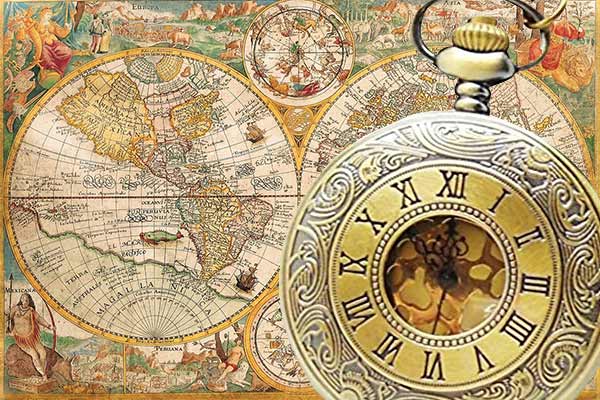1904 – Dr. Seuss born
On this day in 1904, Theodor Geisel, better known to the world as Dr. Seuss, the author and illustrator of such beloved children’s books as “The Cat in the Hat” and “Green Eggs and Ham,” is born in Springfield, Massachusetts. Geisel, who used his middle name (which was also his mother’s maiden name) as his pen name, wrote 48 books–including some for adults–that have sold well over 200 million copies and been translated into multiple languages. Dr. Seuss books are known for their whimsical rhymes and quirky characters, which have names like the Lorax and the Sneetches and live in places like Hooterville.
Geisel, who was born on March 2, 1904, in Springfield, Massachusetts, graduated from Dartmouth College, where he was editor of the school’s humor magazine, and studied at Oxford University. There he met Helen Palmer, his first wife and the person who encouraged him to become a professional illustrator. Back in America, Geisel worked as a cartoonist for a variety of magazines and in advertising.
The first children’s book that Geisel wrote and illustrated, “And to Think That I Saw It On Mulberry Street,” was rejected by over two dozen publishers before making it into print in 1937.
1917 – Puerto Ricans become U.S. citizens, are recruited for war effort
Barely a month before the United States enters World War I, President Woodrow Wilson signs the Jones-Shafroth act, granting U.S. citizenship to the inhabitants of Puerto Rico.
Located about 1,000 miles southeast of Florida—and less than half that distance from the coast of South America—Puerto Rico was ceded to the U.S. by Spain in December 1898 as part of the Treaty of Paris, which ended the Spanish-American War. In 1900, a Congressional act created a civil government for the island; the first governor under this act, Charles H. Allen, was appointed by President William McKinley and inaugurated that May in Puerto Rico’s capital city, San Juan.
On March 2, 1917, Wilson signed the Jones-Shafroth Act, under which Puerto Rico became a U.S. territory and Puerto Ricans were granted statutory citizenship, meaning that citizenship was granted by an act of Congress and not by the Constitution
1966 – Ford celebrates 1 millionth Mustang
On this day in 1966, in Dearborn, Michigan, the Ford Motor Company celebrates the production of its 1 millionth Mustang, a white convertible. The sporty, affordable vehicle was officially launched two years earlier, on April 17, 1964, at the World’s Fair in Flushing Meadows, New York. That same day, the new car debuted in Ford showrooms across America; almost immediately, buyers snapped up nearly 22,000 of them. More than 400,000 Mustangs were sold within that first year, exceeding sales expectations.
1972 – Pioneer 10 launched to Jupiter
Pioneer 10, the world’s first outer-planetary probe, is launched from Cape Canaveral, Florida, on a mission to Jupiter, the solar system’s largest planet. In December 1973, after successfully negotiating the asteroid belt and a distance of 620 million miles, Pioneer 10 reached Jupiter and sent back to Earth the first close-up images of the spectacular gas giant. In June 1983, the NASA spacecraft left the solar system and the next day radioed back the first scientific data on interstellar space. NASA officially ended the Pioneer 10 project on March 31, 1997, with the spacecraft having traveled a distance of some six billion miles.









